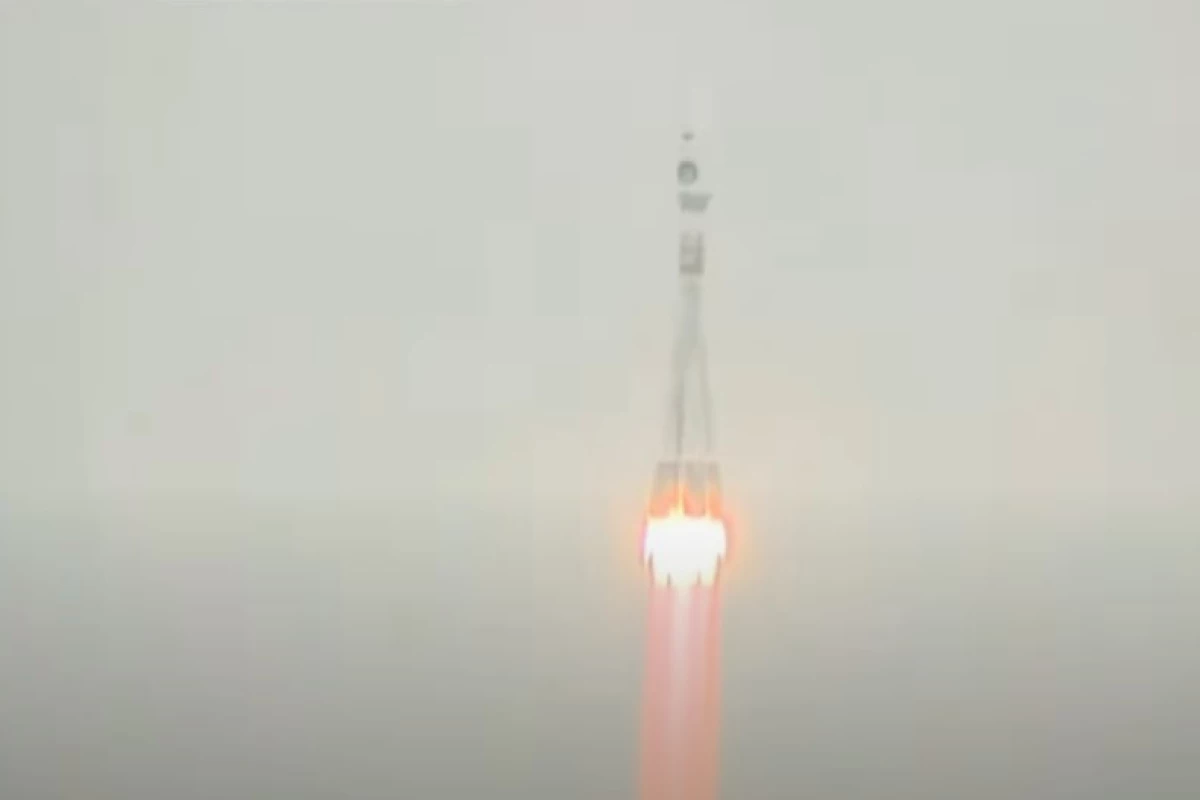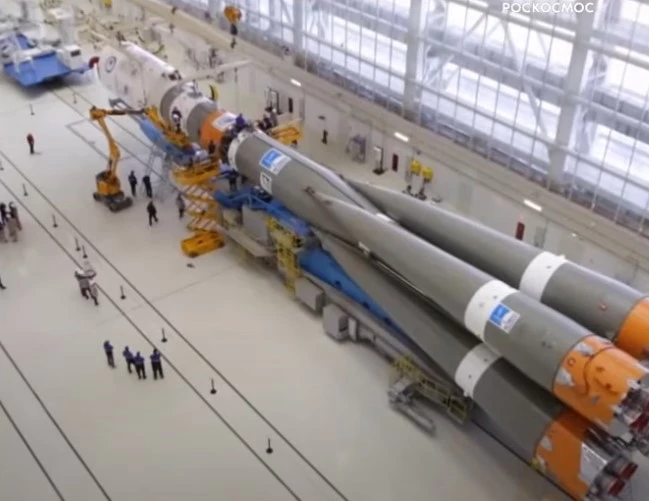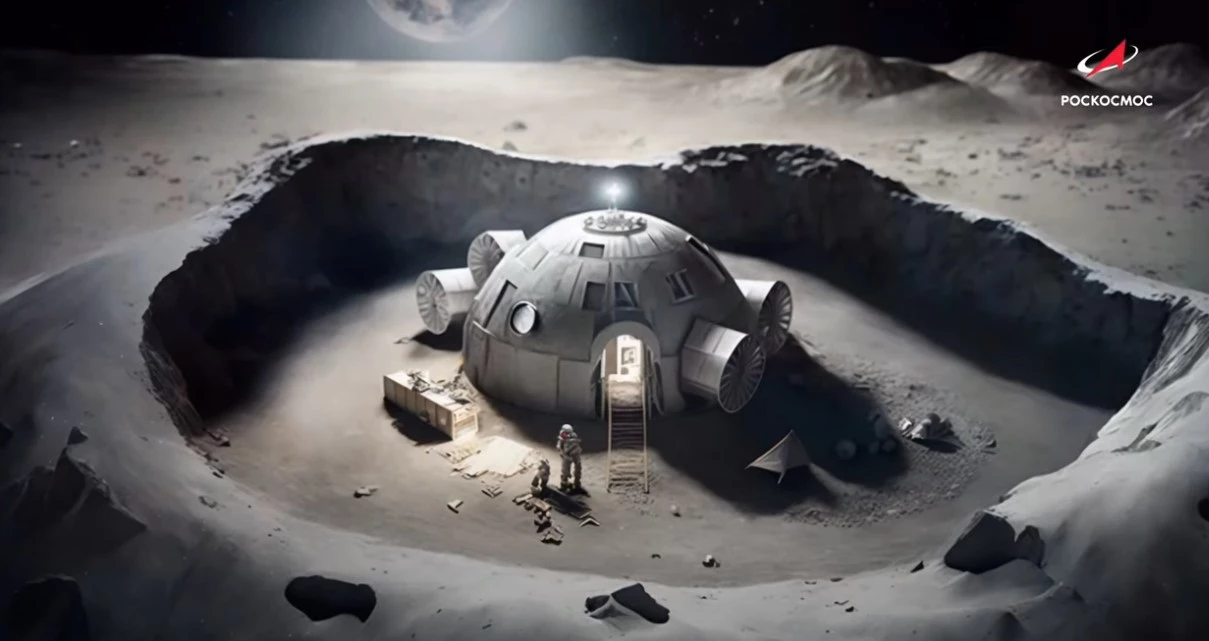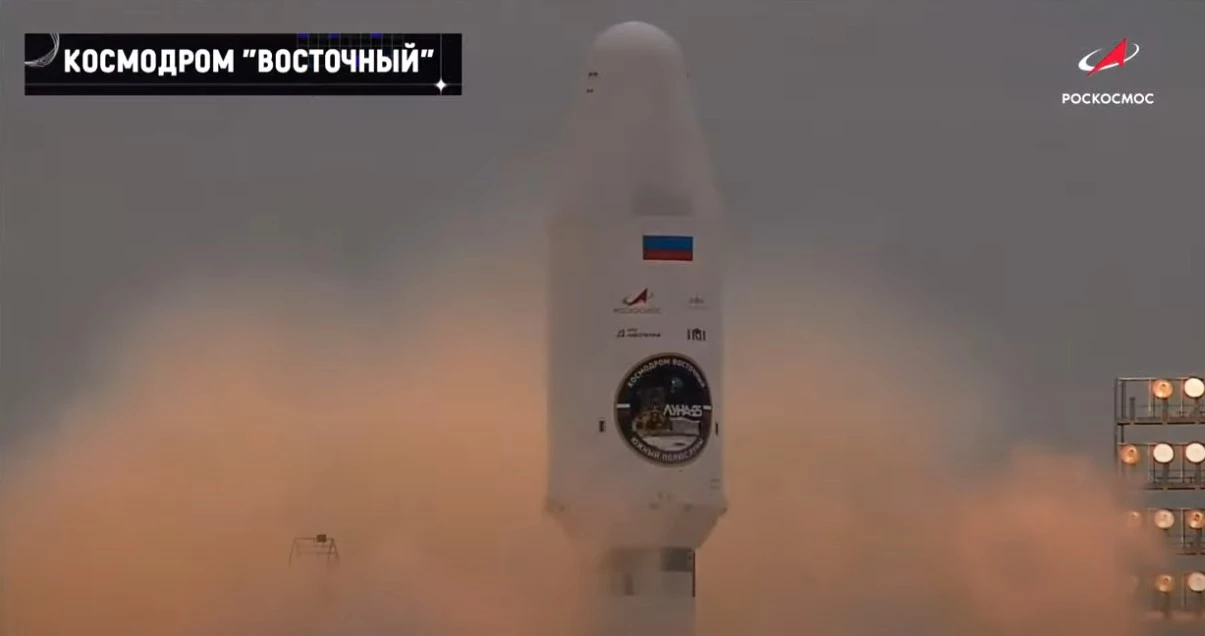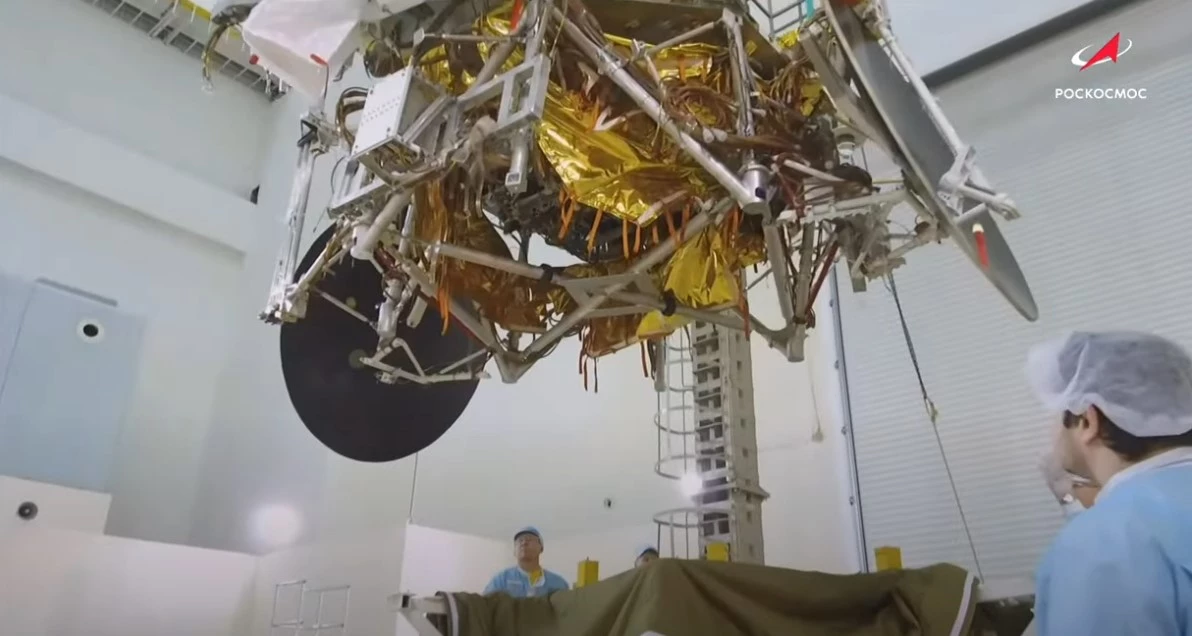Russia has reentered the 21st century race for the Moon with the launch of its first lunar mission in 47 years. Luna 25 lifted off from the Vostochny Cosmodrome in Russia's far eastern Amur Region atop a Soyuz-2.1b rocket on August 10, 2023, 23:10 GMT.
On August 18, 1976, the USSR's last lunar mission touched down in Mare Crisium. After gathering soil using a robotic arm, it launched a return vehicle to Earth on August 19 with 170.1 g of samples aboard. Though recent declassified documents show that the Soviets had ambitious plans to set up a series of Moon bases by 1985, this turned out to be the final lunar mission of the Soviet Union before its collapse at the end of the Cold War.
Now, Russia, as the USSR's successor state, is returning to the Moon with a robotic lander scheduled to set down on the lunar south polar region on August 21, 2023, after five days in lunar orbit on a mission to look for signs of water that could be used to support a new Russian crewed outpost.

The 1,750-kg (3,860-lb) Luna 25 consists of an instrument package, propulsion system, and landing gear, as well as a manipulator arm for collecting samples for analysis by the lander's onboard laboratory. The craft is solar powered, but it also includes a radio-thermonuclear generator to supply heat to the electronics during the 14-day lunar night when the temperatures on the Moon can plunge to -133 °C (-208 °F) at the equator. The navigation systems are all autonomous due to the time lag for signals to travel between Earth and the Moon.
According to Roscosmos, the lift off and stage separations went off without incident and the probe is now in a translunar trajectory that will send it into lunar orbit on August 16.
The video below is a recap of the launch of Luna 25 (in Russian).
Source: Roscosmos
